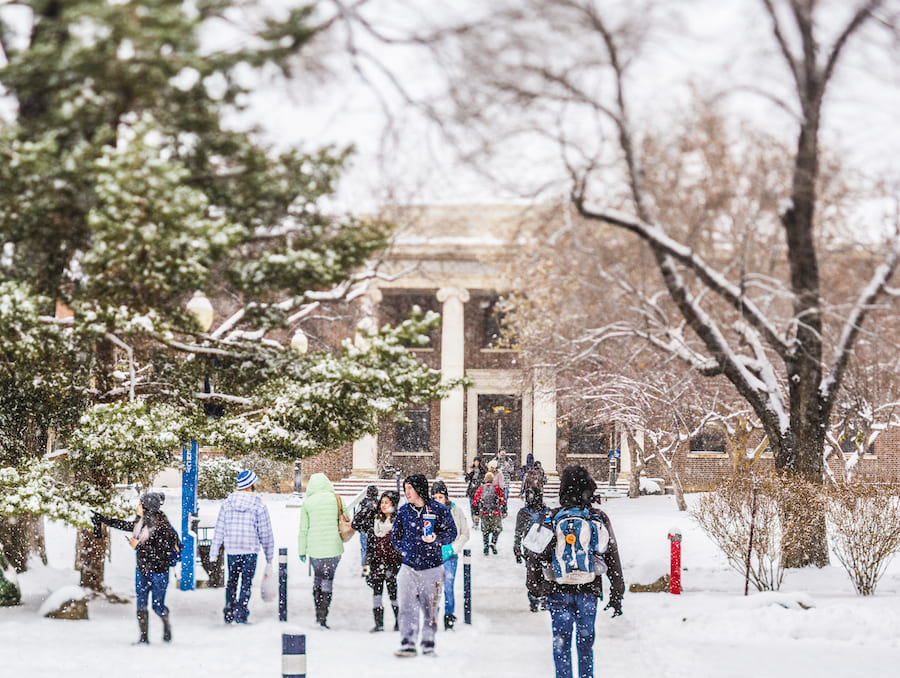
The United States Department of Agriculture defines weather-related extreme events as those that are often short-lived and include heat waves, freezes, heavy downpours, tornadoes, tropical cyclones and floods.
With strange weather occurring across the country, it is hard not to think that erratic weather patterns are becoming more frequent.
A climate article from National Public Radio highlighted that the Bulletin of the American Meteorological Society published “Explaining Extreme Events of 2021 and 2022 from a Climate Perspective.” This special report highlighted how human-caused climate change has been affecting the strength and likelihood of extreme weather around the globe.
Steph McAfee, state climatologist and an associate professor in the Geography Department, explains the concept of extreme weather and its relationship to climate change.
Is having extreme weather the new normal?
People say there's nothing certain but death and taxes. As a climatologist, I would say that there's nothing certain but death, taxes and extreme weather.
Extreme weather is weather that is disruptive or even dangerous because it’s inherently hazardous, like tornados or very high temperatures. Weather can also be extreme because it's unusual for a place and time of year.
For Reno, freezing temperatures would be extreme in June or July, even though we expect them in winter. While it’s somewhat normal for us to go two or three weeks without any rain, that would be unusual on eastern Long Island where I grew up.
Extreme weather is just part of weather and every place has its own kind of extreme weather. Climate change is making some types of extreme weather more likely and other types less common.
How is climate change creating more extreme weather?
In the West, very hot weather is becoming more frequent and the hottest days are getting hotter. Although we have had a cold late autumn and winter here in northern Nevada, extremely cold weather is becoming less common in the region overall. There’s reasonable evidence that climate change caused by greenhouse gas emissions is partly to blame for changes in extreme temperatures.
In many places, heavy precipitation is becoming more common and climate change is playing a role. What’s going on in the western United States isn’t so clear. There are some places where the wettest days are getting wetter, some where the wettest days aren’t as wet as they used to be and many places where there’s not a big change. Dry spells might be getting slightly longer in southern parts of the West and slightly shorter in northern parts of the West.
To learn more, the Intergovernmental Panel on Climate Change (IPCC)’s Sixth Assessment Report is published online. The report highlights an up-to-date understanding of climate change and the global climate system. Chapter 11 of the IPCC’s report is dedicated to discussing extreme weather.
Another resource comes from the World Weather Attribution, which is a team effort by scientists from around the world to evaluate if and how climate change might have contributed to specific extreme weather events.
Additional information about the climate specifically in Nevada can be found through the University’s Nevada State Climate Office.















